Some dogs seem to have a peculiar palate, extending beyond the typical dog food to include a variety of non-food items—from socks and toys to rocks and even plastic. This behavior, known as pica, can occur in any dog but is more common in certain breeds. Whether driven by curiosity, boredom, or nutritional deficiencies, the ingestion of bizarre objects can be dangerous and may lead to serious health issues, including intestinal blockage and poisoning. Understanding which breeds are more prone to this behavior can help pet owners take preventive measures. This article delves into ten dog breeds known for their tendency to eat strange things, discussing the reasons behind their behavior and providing insights on how to manage it.
1. Labrador Retriever
Labrador Retrievers are notorious for their indiscriminate eating habits, often consuming everything in sight, edible or not. Their strong food drive can sometimes extend to non-food objects, making them prone to eating bizarre items. Labs are highly energetic and require considerable mental and physical stimulation; when they do not receive enough, they may turn to inappropriate items as a source of entertainment or out of curiosity. Providing Labs with plenty of exercise and interactive toys can help minimize the risk of pica by keeping them engaged in more appropriate activities.
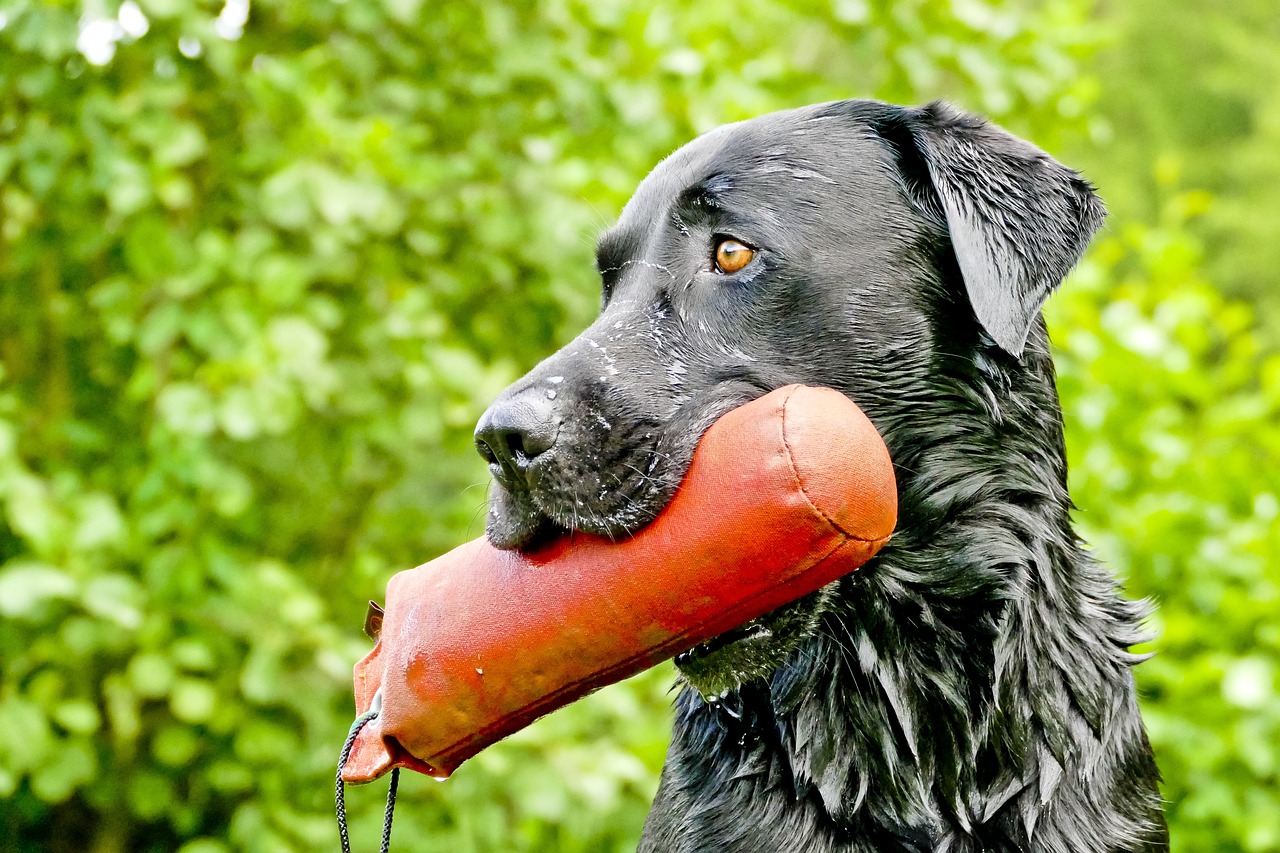
2. Beagle
Beagles, with their keen sense of smell and natural curiosity, are often tempted to taste test just about anything they come across. This breed’s exploratory nature can sometimes lead them to consume inedible items, mistaking them for potential food. Beagles require constant mental stimulation and appropriate chew toys to help curb their impulse to chomp on unsuitable objects. Keeping such items out of reach and maintaining a clean environment with few temptations are crucial steps in preventing ingestion of bizarre items.
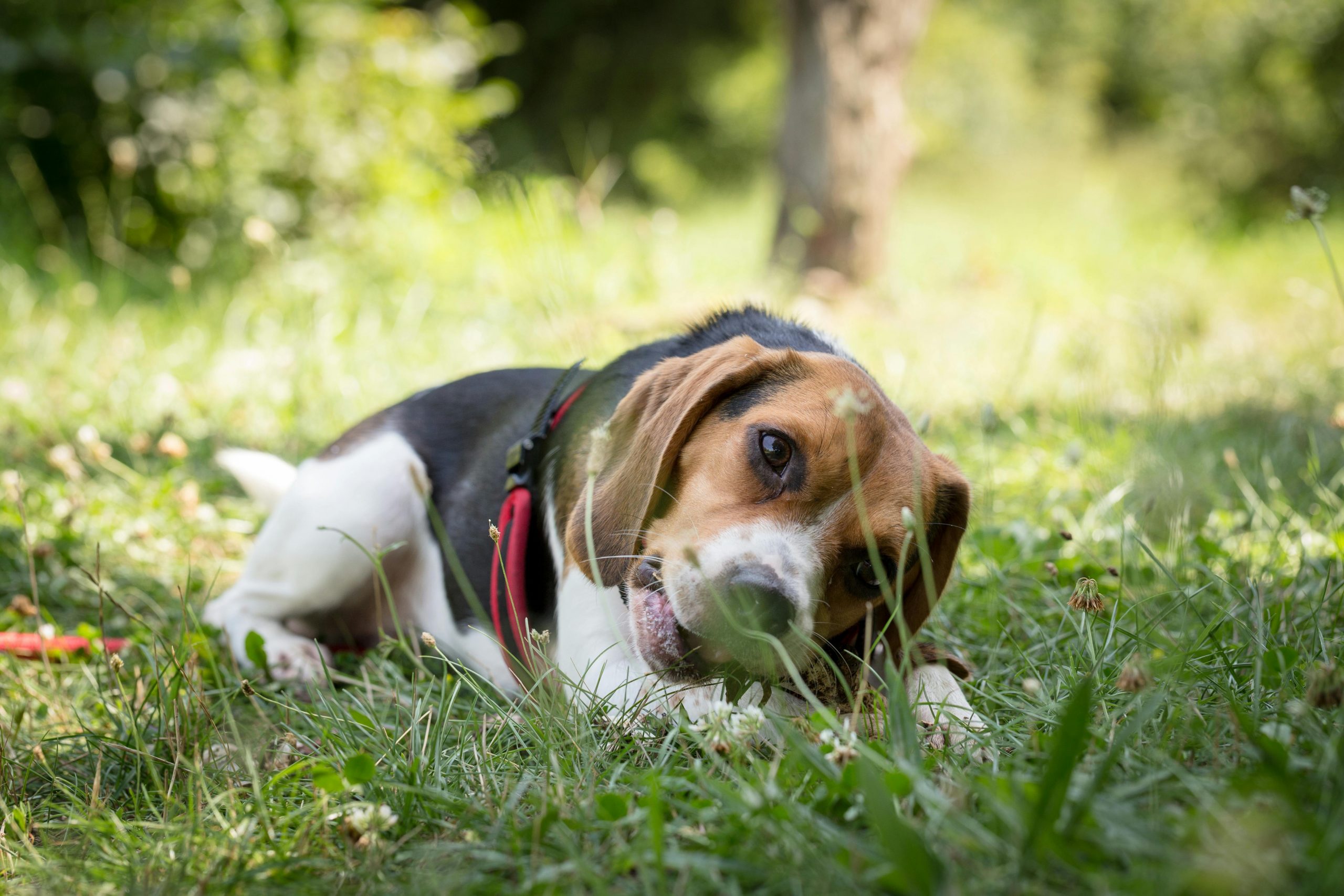
3. Golden Retriever
Like their Labrador cousins, Golden Retrievers are also prone to eating strange things. This behavior is partly due to their easygoing and curious nature, which drives them to explore the world with their mouths. Goldens are highly sociable and may also ingest non-food items during play or out of anxiety when left alone. Ensuring that they have a variety of suitable toys and are not left unattended for long periods can help manage this issue.
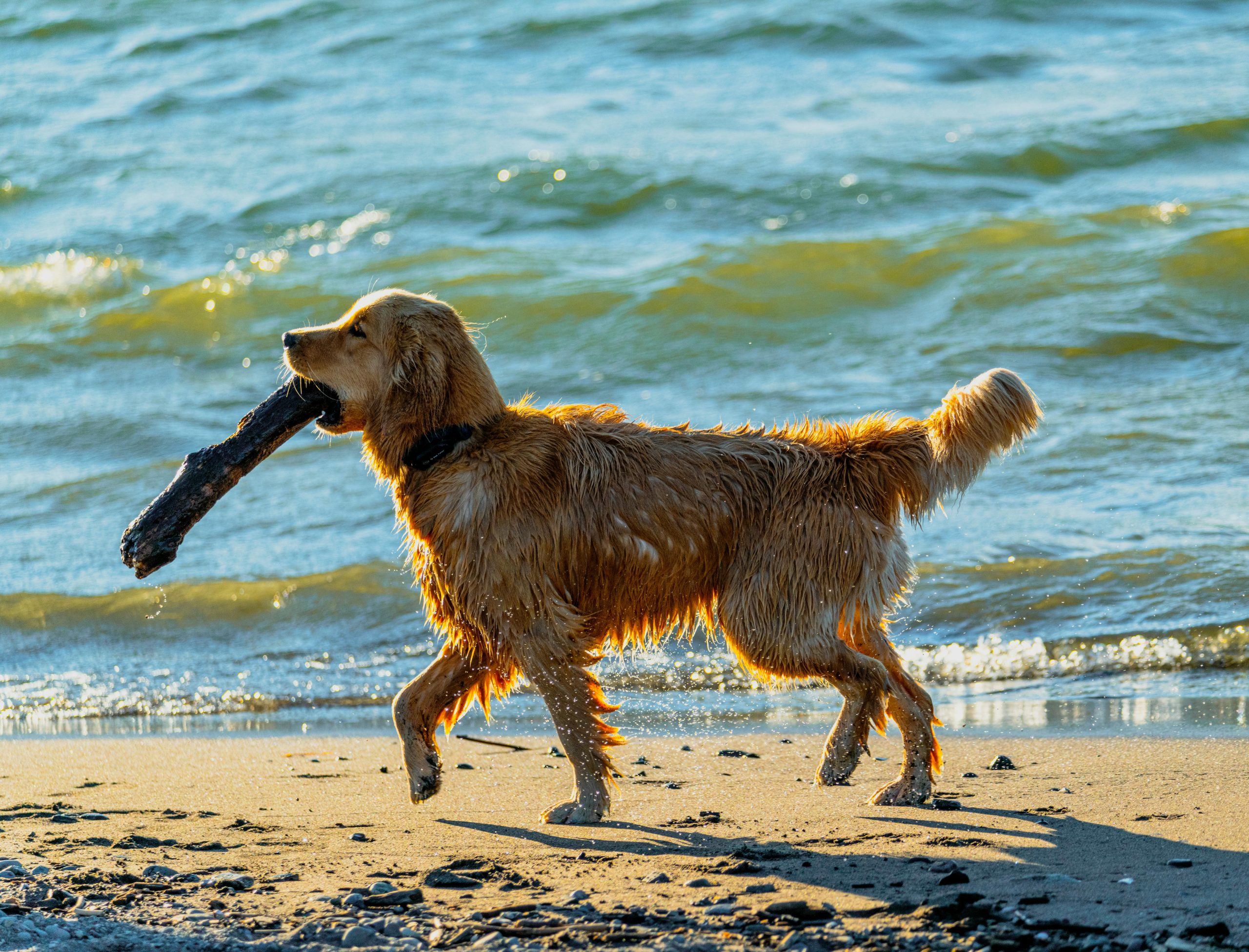
4. Boxer
Boxers are energetic and playful, often using their mouths to interact with the world around them, which can sometimes result in swallowing bizarre objects. This breed requires ample physical exercise and mental stimulation to prevent boredom, which is often a trigger for pica. Owners should provide Boxers with durable chew toys and engage them in activities that challenge their intellect and physical capabilities.
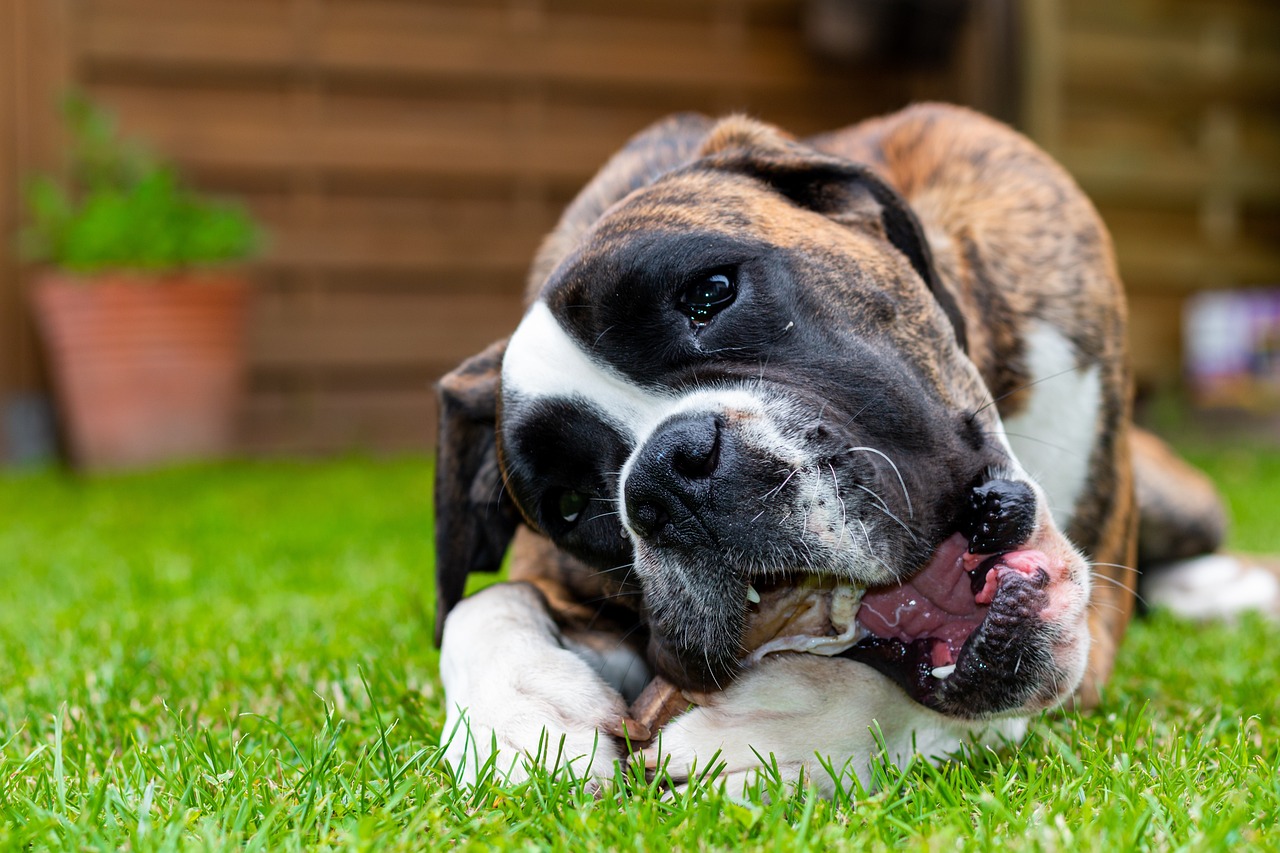
5. Bulldog
Bulldogs often exhibit pica due to their curious nature and tendency to chew on anything within reach. Their stout physique and strong jaws make it easy for them to chew and potentially swallow various non-food items. It is important for Bulldog owners to monitor their environment closely, removing small objects that could be swallowed and providing plenty of appropriate chewing alternatives.

6. Dachshund
Dachshunds are curious and lively, with a natural inclination to hunt and dig, leading them sometimes to eat odd things they unearth, such as rocks or pieces of wood. Managing a Dachshund’s environment to keep it free of harmful objects, coupled with regular supervision during outdoor activities, is essential to prevent the consumption of bizarre items.
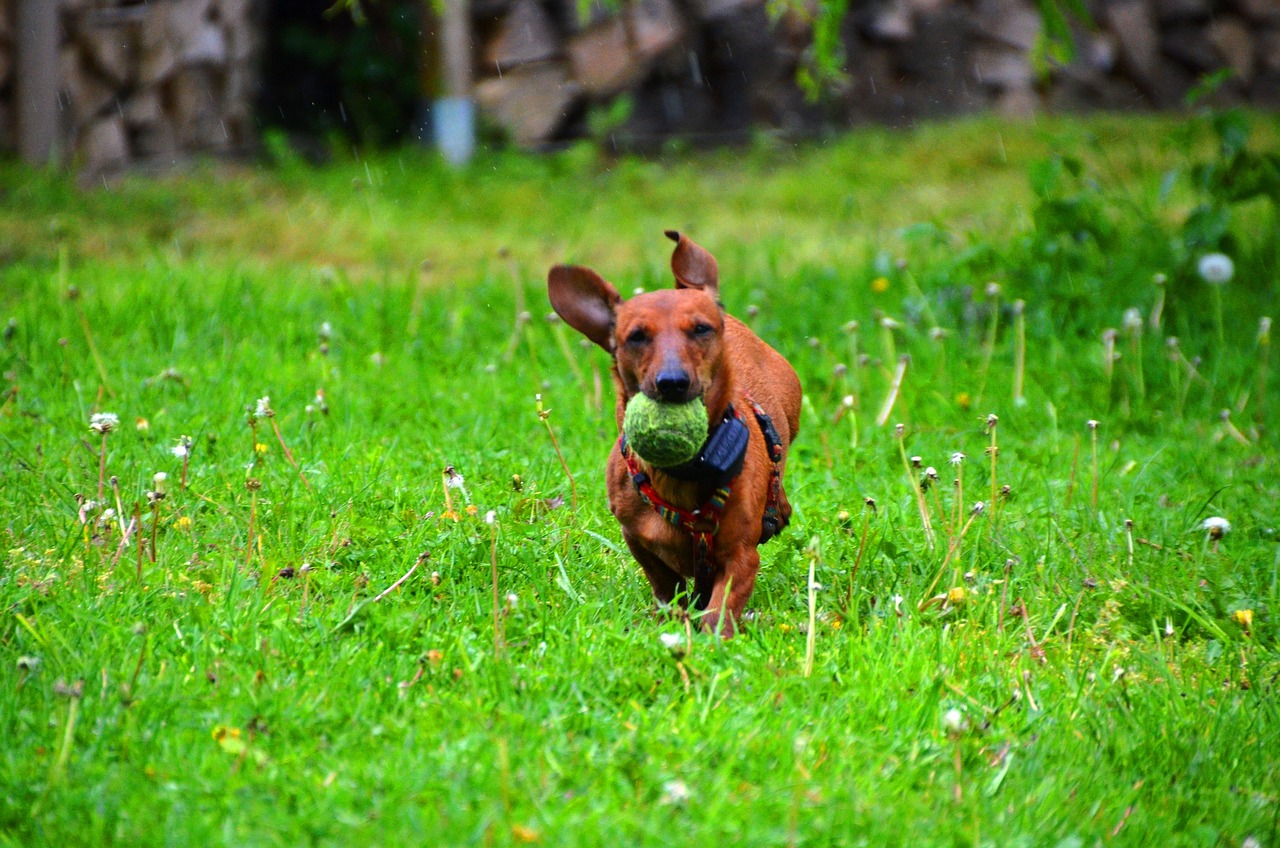
7. Miniature Schnauzer
Miniature Schnauzers are intelligent and active dogs that may develop pica as a result of anxiety or lack of stimulation. They are known for their boldness, which sometimes includes exploring their environment by tasting or ingesting non-food items. Schnauzers benefit from consistent, engaging training sessions and interactive play, which help keep their minds occupied and reduce the incidence of inappropriate eating behaviors.
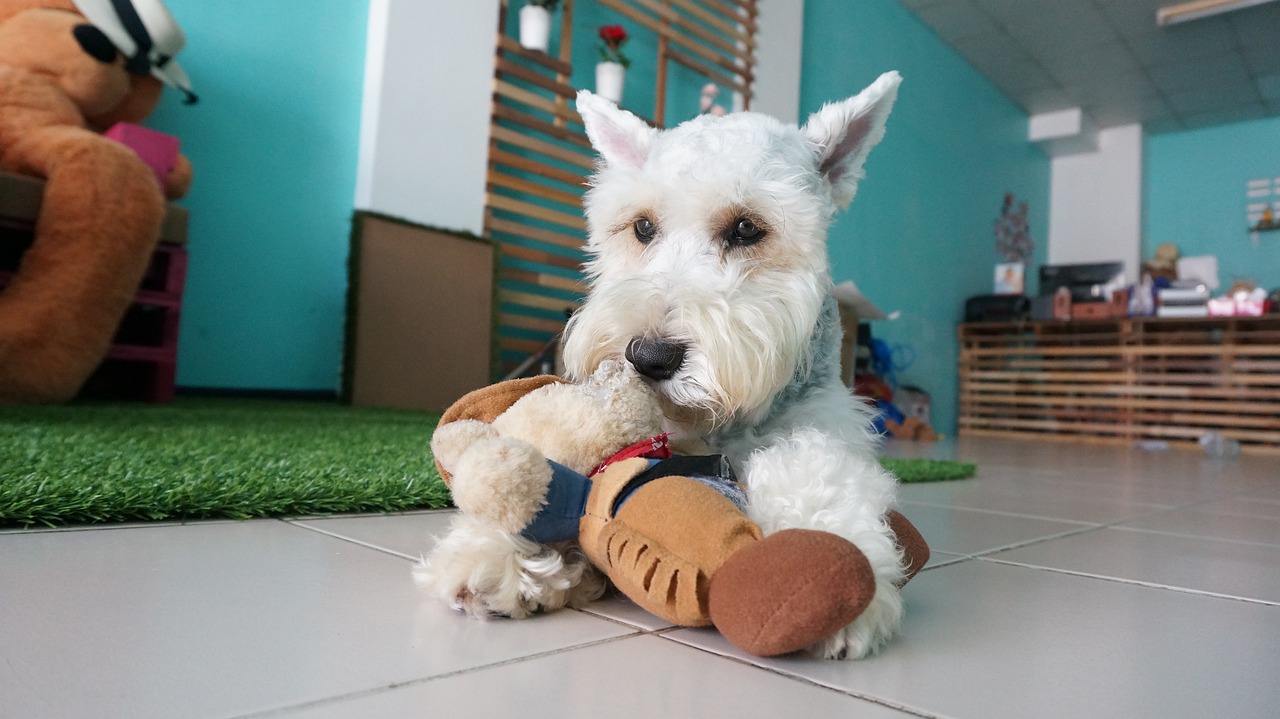
8. Great Dane
Great Danes can sometimes turn to eating strange items if they feel nutritionally unsatisfied or lack sufficient physical activity. Due to their large size, they can easily reach items that smaller breeds cannot, increasing their risk of ingesting dangerous objects. Keeping Great Danes well-fed with a balanced diet and providing them with plenty of exercise can help mitigate this behavior.
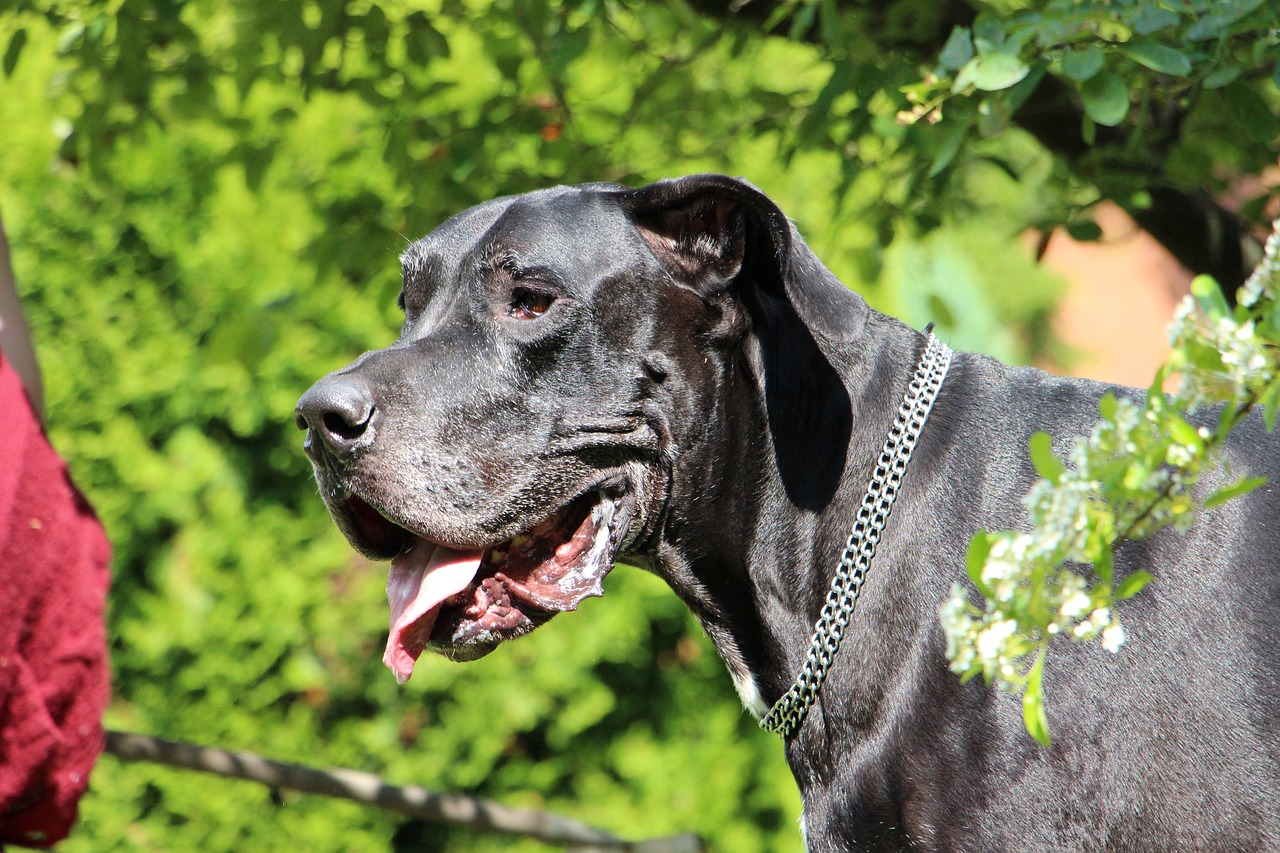
9. Staffordshire Bull Terrier
Staffordshire Bull Terriers are robust, energetic dogs that may chew and swallow odd things as part of their play or due to their strong jaw muscles needing exercise. Providing Staffies with durable, safe chew toys and engaging them in regular physical activities can help redirect their chewing habits to more suitable outlets.
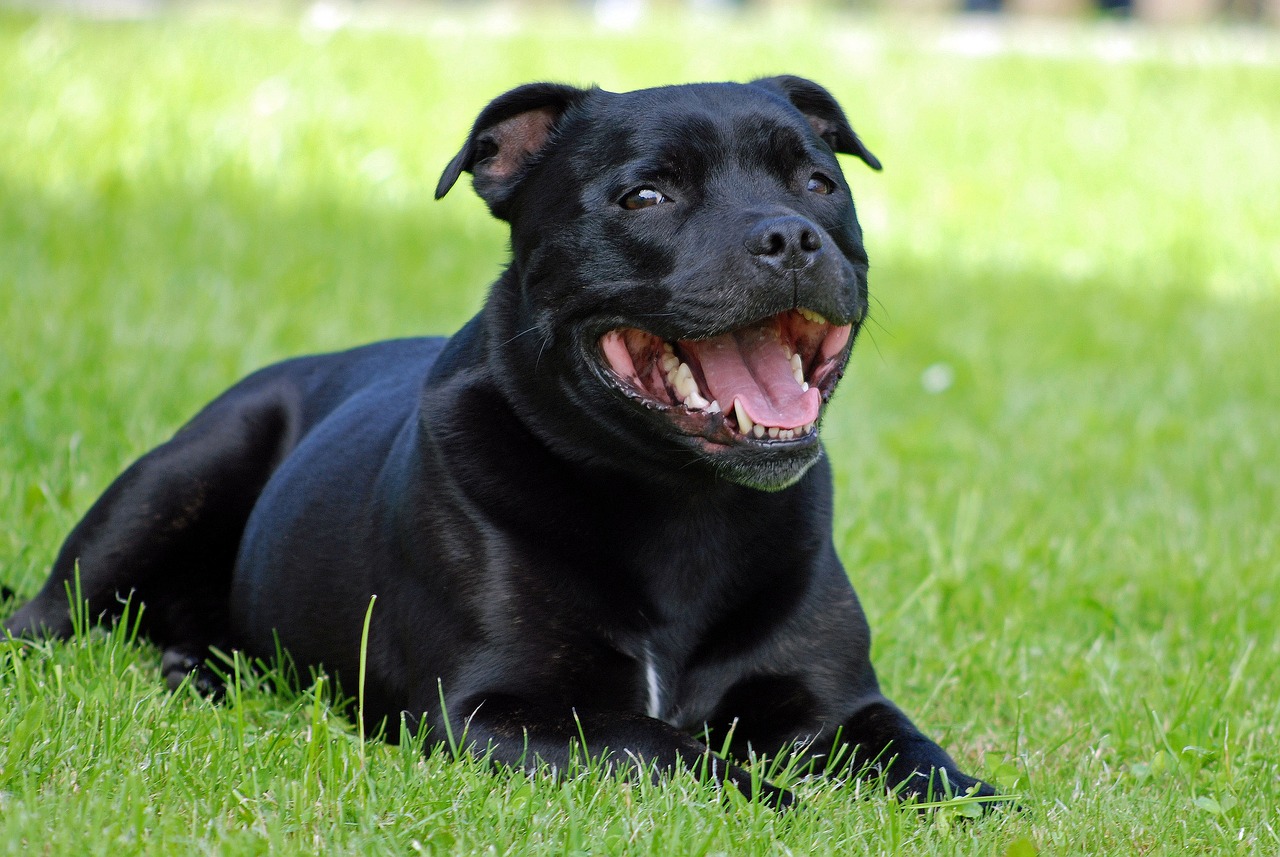
10. Chihuahua
Chihuahuas, despite their small size, can have a big appetite for chewing on things they shouldn’t. Their tiny teeth can find mischief in unexpected places, from household items to garden plants. Monitoring a Chihuahua’s environment to remove potential hazards and offering plenty of appropriate toys can help prevent the ingestion of inedible objects.
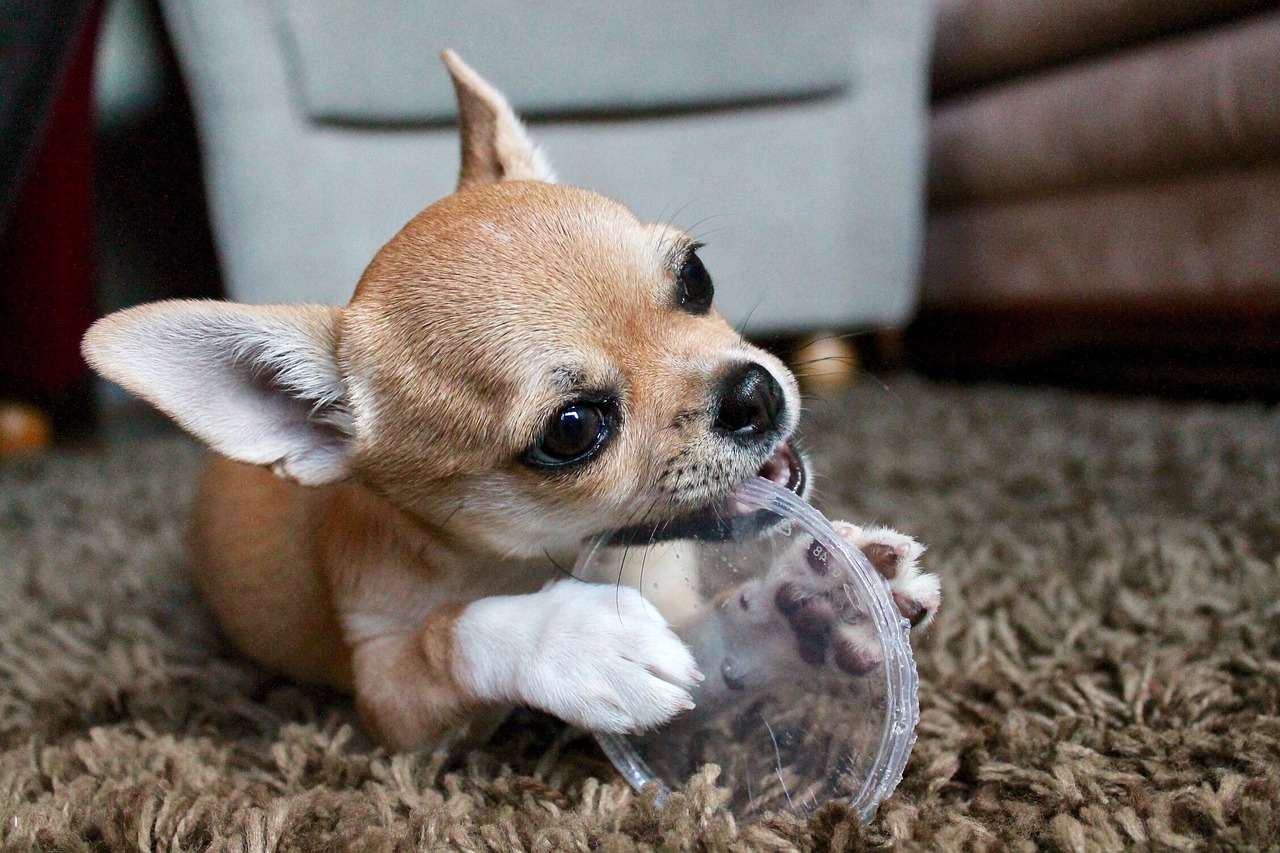
While the propensity to ingest bizarre objects is seen across various dog breeds, those listed here are particularly known for such behavior. Managing pica involves a combination of environmental management, adequate nutrition, and plenty of mental and physical stimulation. By understanding and addressing the underlying causes of this behavior, owners can help ensure their pets lead safer, healthier lives. Early intervention and consistent management are key in preventing serious health issues associated with the ingestion of non-food items.
 Toledo, United States.
Toledo, United States.